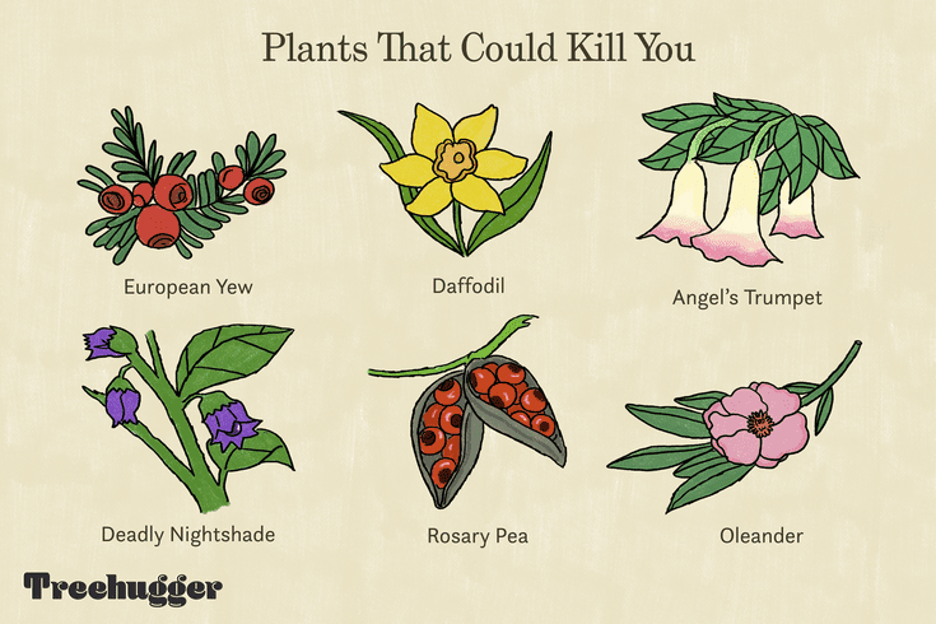A metaphor is a way to express a relationship between two things or to expose the identity of one thing through the comparison of that thing, to another thing. Metaphors thus, can be used to illuminate and depict identity and characterizations through comparison.
I will analyze the following metaphor from Tony Morrison’s Sula:
“In that place, where they tore the nightshade and blackberry patches from their roots to make room for the Medallion City Golf Course, there was once a neighborhood” (Morrison PDF 13).
Here nightshade and blackberry patches are a metaphor. They are an ambivalent description. That is to say that they are not static, as metaphors are typically not. Metaphors usually serve to move meaning across a literary plane. That is one thing is both itself and its comparative. It is in this relationship that metaphors can create dual meaning and subsequently propel meaning into a plane which is understandable through another lens. Furthermore, the two plants are being juxtaposed here in the context of setting the scene for Sula, a novel heavily focused on understanding binaries. They themselves binary. Furthermore, the juxtaposition of the plants as a metaphor is ambivalent as it could represent one of the many binaries in the novel like the following: Black versus white; Sula versus Nel; and/or good versus evil. In my brief reading I will be considering the plants as a metaphor for the binary between Sula and Nel.
The way this metaphor works is by taking two completely different plants, a toxic one and a healthy one, and then situating that in front of a story about two people who superficially resemble good and bad. Thus, the plants are symbolically metaphorizing Sula and Nel by existing as the precursors to their story. The meaning is applied by the reader and not necessarily by the text itself. The interesting thing about this metaphor is that it is not literally saying ‘Sula is nightshade’ or ‘Nel is blackberry.’ Many metaphors function in this sort of syntactical setup (to my knowledge). However, this metaphor is able to exist only alongside the story (that is, without a direct comparative phrase). This further highlights another aspect of metaphor which is that both parts of the comparison must exist for the comparison or the metaphor to exist. That is the nightshade could not metaphorize Sula if Sula did not exist as a character who is arguably representative of ‘badness.’ Consequently, it is such that metaphors serve to compare to things through a collaborative existence and sort of symbiotic relationship. The metaphor of nightshade and blackberry is an example of this as it would not be a metaphor for the characters if the characters did not themselves exist (and ironically those characters are themselves metaphors).
